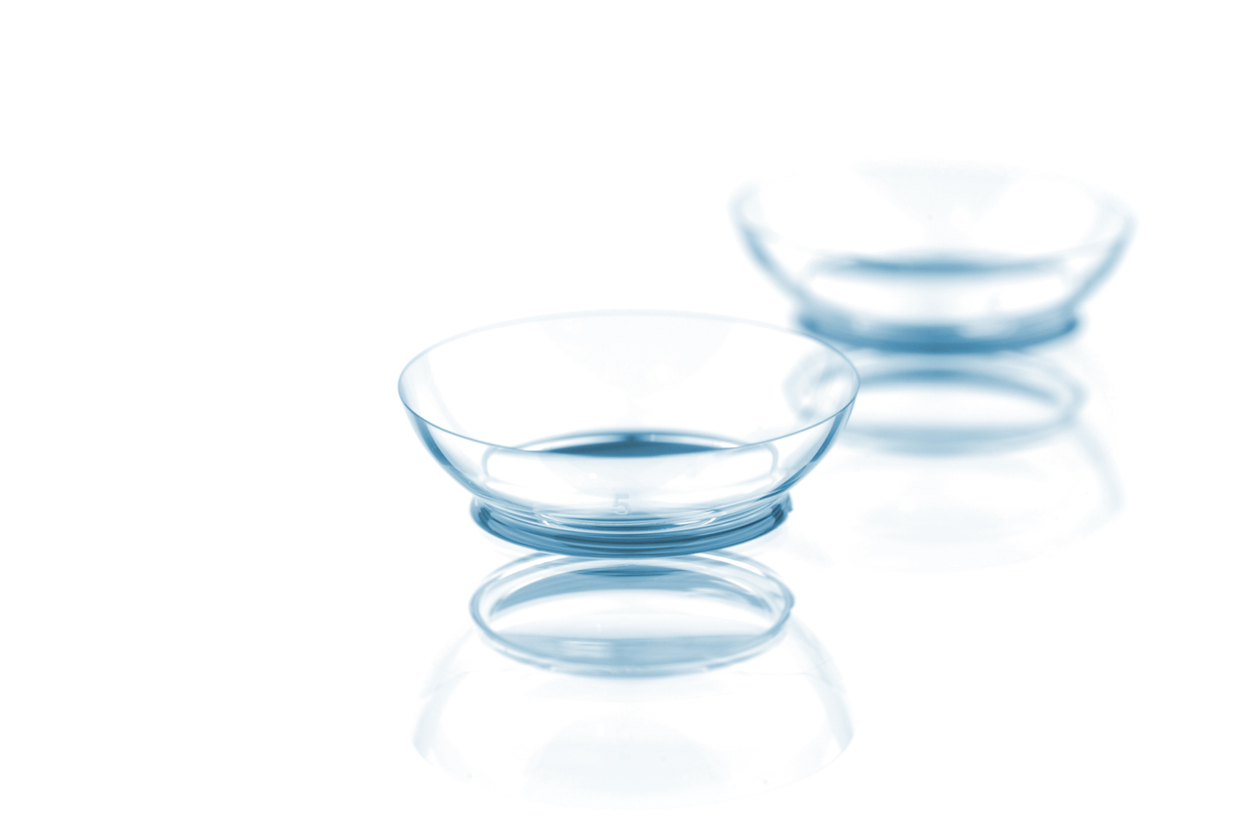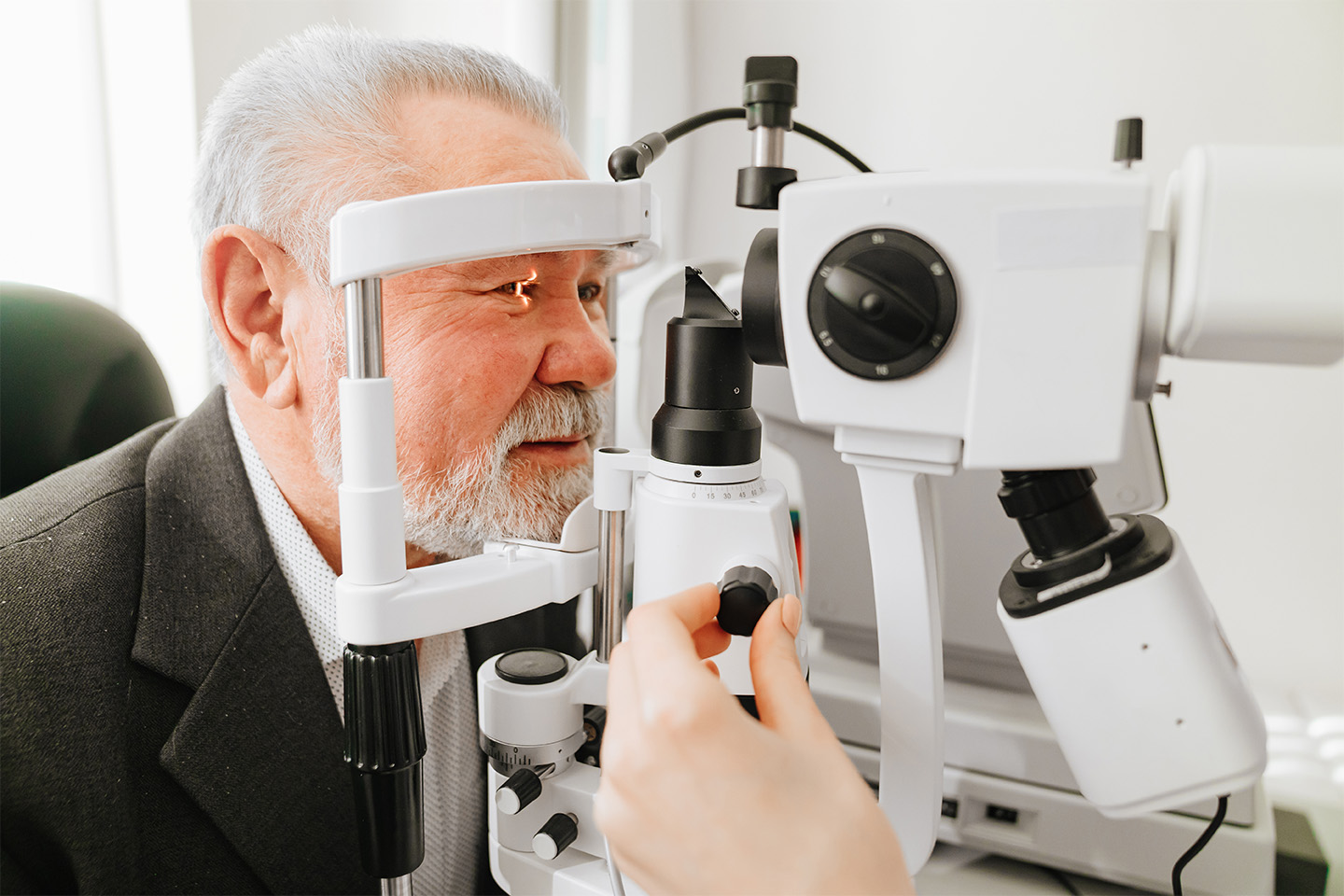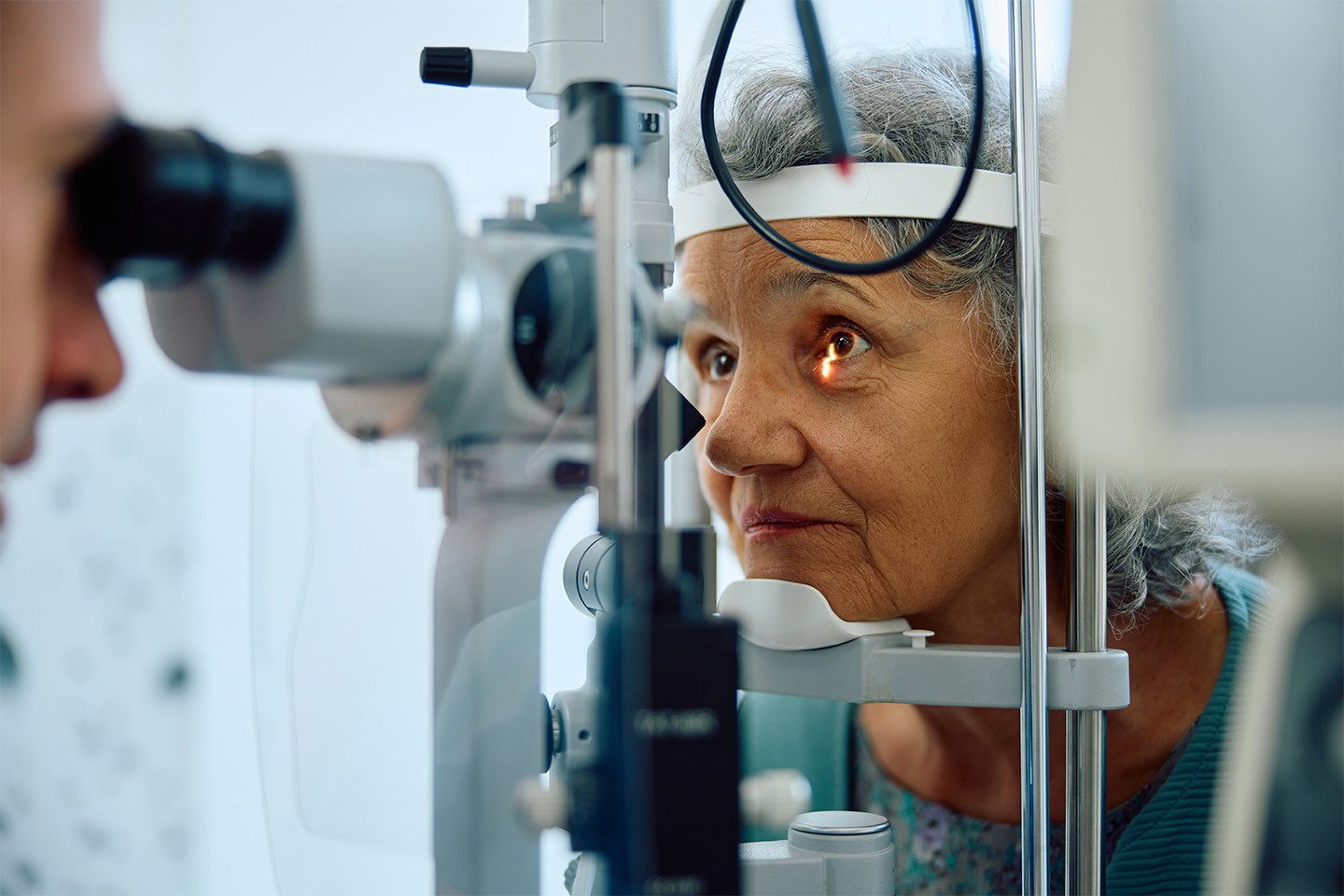Should You Use Multipurpose or Hydrogen Peroxide Contact Solution?

Developing healthy hygiene habits for your contact lenses is key to keeping your eyes irritation-free. Here are some suggestions:
Contact lenses are one of the most popular and effective vision correction options. In fact, nearly 45 million people in the U.S. currently wear them. One study found that patients who wear contacts report significant improvements in their perceived appearance, participation in physical activities, and overall satisfaction with their vision correction.
While contact lenses provide a number of benefits, they do have their downsides. Wearing contact lenses can increase the risk of corneal infections and eye irritation unless you make a concerted effort to clean them regularly. Unfortunately, between 40% and 90% of contact wearers do not follow adequate care instructions for their lenses. To ensure that you’re not putting yourself at risk of infection, here are some helpful hygiene tips, as well as recommendations for the best contact lens solution to use.
How to Care For Your Contact Lenses
Proper contact lens care is incredibly important to maintain eye health. To keep your eyes free of irritation, be sure to adhere to the following suggestions:
- Always wash your hands before you touch your contact lenses. Dirty hands can increase the risk of eye infection. If possible, wash your hands with oil-free soap.
- Never use your fingernails or sharp objects like tweezers to handle your lenses. It’s best to just use your fingertips.
- Be sure to check that your contact lenses are damage-free and clean before inserting them into your eyes.
- Use a lint-free towel to dry your hands after washing them. If lint sticks to your hand, it might become lodged under a lens and cause irritation.
Picking The Right Contact Lens Solution
Although there are numerous quality brands on the market, there is no one-size-fits-all choice when it comes to picking your contact lens solution. There are two primary types of eye care solutions: multipurpose solution and hydrogen peroxide solution. Understanding the benefits and drawbacks of each option can help you make a more informed decision when it comes to caring for your own contact lenses.
Multipurpose Solution
Multipurpose solution is one of the most popular lens care products in the U.S. In fact, almost 67 percent of eye doctors recommend multipurpose solution for lens cleaning and disinfection. This option is so popular because it is both cheaper and easier to use than hydrogen peroxide-based solution. Patients are free to use the same bottle of solution to rinse, clean, and disinfect their contacts.
Although many people have no problems using this solution, multipurpose does have its downsides. This type of solution may contain preservatives and other ingredients that can cause sensitivity. If you have allergies or sensitive eyes, it might not be the best solution for you.
Hydrogen-Peroxide Solution
Unlike multipurpose solutions, hydrogen-peroxide based solutions do not contain any preservatives, which makes them an excellent choice for those with allergies or sensitive eyes. Hydrogen-peroxide solutions do a better job of breaking up proteins and deposits that accumulate on the lenses throughout the day.
However, it’s important to note that the solution cannot be put into your eyes without first going through a neutralization process. Typically, this process is completed using a special case that is included with your solution. This case will generate a chemical reaction that transforms the hydrogen peroxide into a sterile saline solution.
If you’re having trouble with your contact lenses, or simply need assistance picking the right solution, the experts at Keiman Evangelista are happy to provide you with an eye exam and discuss your vision correction options. Get in touch with our office today to schedule an appointment.
Turn To The Top Eye Doctors In Texas
Check out one of our locations below for the best eye care near you:









